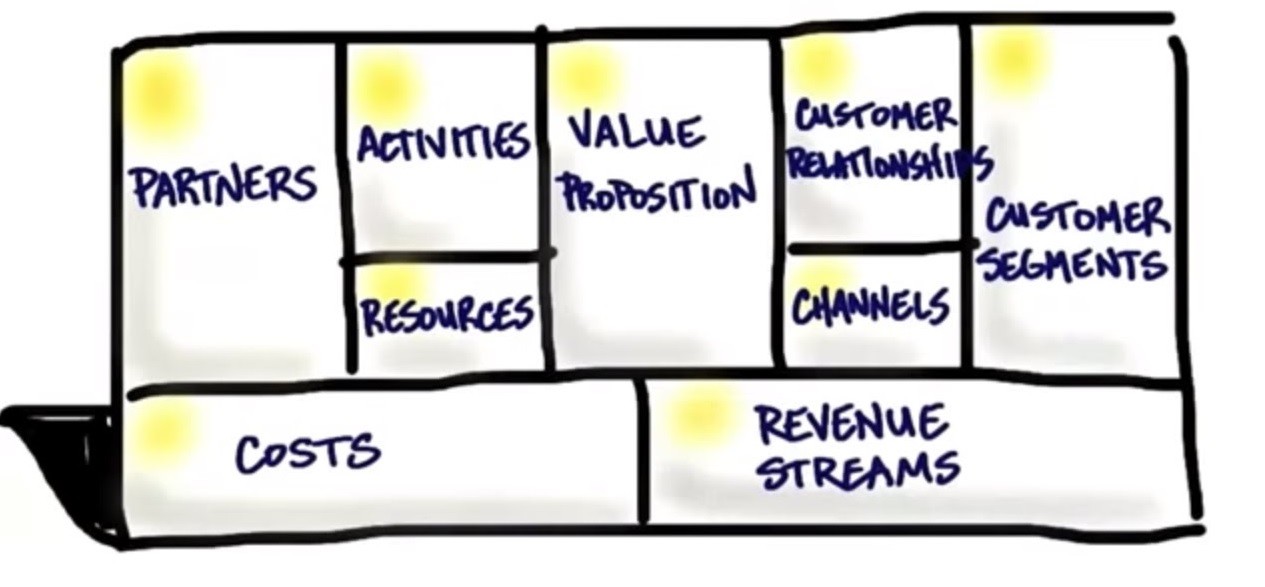Blog
Planning for global expansion? Begin with workforce planning

Author: Kris Chennaiah, MBA, PMP
An organization’s decision to expand globally is not simply a matter of deploying its existing sales force on a mission directed toward earning business.
But does management consider what is truly required to successfully gain entry into global markets?
First and foremost, organizations require a workforce plan that is strategically linked to its long-term growth and sustainability goals.
To achieve an effective workforce planning strategy, management must consider the challenges involving increased competition for top talent, potential low morale among the present workforce, and a surplus demand for competitive benefits.
To address these challenges in today’s global business environment, a successful workforce plan involves these key elements:
- Integrate and empower a diverse and inclusive workforce,
- Invest in employee development through cross-functional trainings, and
- Apply benchmarking to identify valuable insights across the industry
Integrate and empower a diverse and inclusive workforce. Employees with different experiences, cultural upbringings, and skillsets, have the potential to uncover greater value to the organization. For example, as employees participate in brainstorming sessions within cross-functional teams, they are able to bring new ideas and insights to the table that have the potential to deliver additional value add.
Organizations with inclusive workplace cultures may break down formal rules or other artificial barriers to better guide decision making. The result is a flatter, more organic learning organization that establishes agility as part of its business model. As diverse teams work together and become cognizant of individual strengths and weaknesses, this will promote greater strategic workforce planning that offers more valuable output.
Greater employee participation also requires management’s improved responsiveness. Management must demonstrate trust and take interest in its employees’ needs to achieve a truly integrated workforce.
Invest in employee development through cross-functional trainings. For employee development, organizations should promote cross-functional trainings aimed at creating a greater understanding of cultural sensitivities and norms. Cross-functional trainings promote awareness of cultural sensitivities that can empower greater coordination and agility among teams. This improved coordination represents high performing teams that are best positioned to penetrate international markets.
Apply benchmarking to identify valuable insights across the industry. Additionally, management should perform benchmarking with other similar firms to offer the most valuable benefits package to recruit top talent. Benchmarking involves comparing different organizational practices, procedures, and performance indicators to suggest the best fit and outcomes. Through benchmarking, the organization will identify new and more valuable benefits that include low-costs to the firm, while attracting new top talent. By recruiting and retaining top talent in the industry, organizations demonstrate their commitment to long-term growth and sustainable competitive advantage.
To achieve all three elements befitting a sustainable workplace plan, management needs to invest in organizational change that leads to greater agility, collaboration among the workforce, less bureaucratic barriers, and a culture that promotes management responsiveness and inclusivity.
It is easy to overlook the present workforce plan in light of logistics, sources of raw materials, and vendor partnerships. Management should remember that a talented workforce equipped with multicultural skills and the organization’s vision to facilitate global entry is the crux of global entry.
An organization’s strategic workforce plan is the likely first and most important step to invest in its people, as a means to set the right tracks leading to local market opportunities anywhere in the world.





Leave a Reply